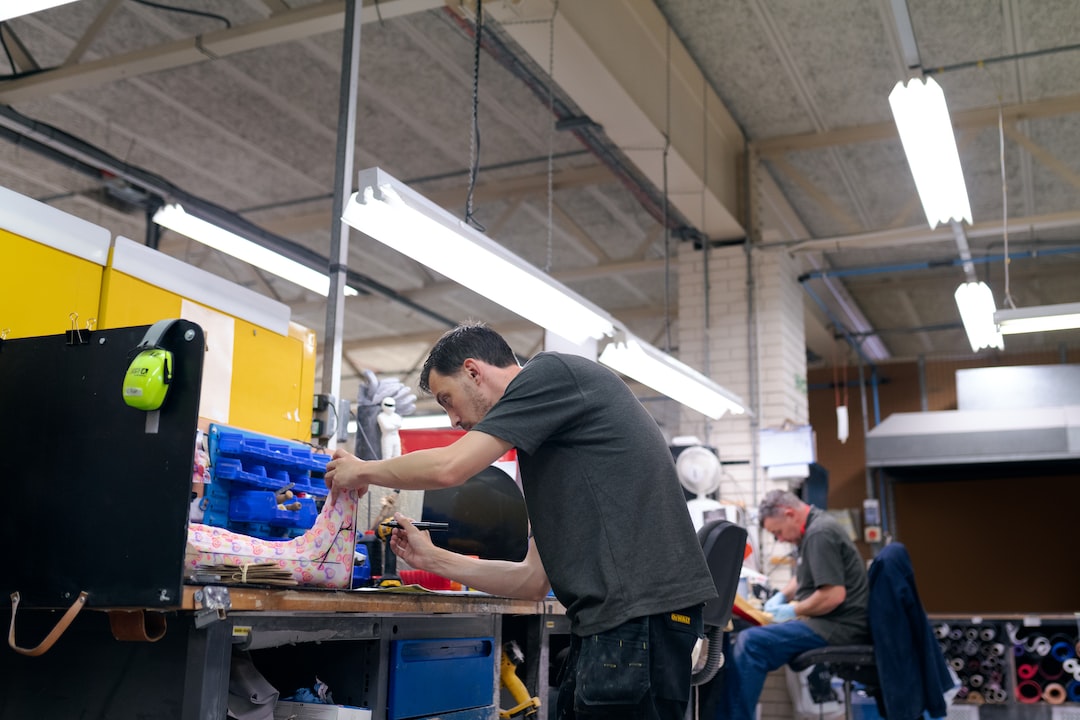Green Manufacturing: Sustainable Practices for a Better Future
In recent years, there has been a growing concern over the environmental impact of industrial activities. The manufacturing sector, in particular, has been under scrutiny due to its significant contribution to pollution and resource depletion. However, there is a way to address these issues and build a better future – through green manufacturing.
Green manufacturing, also known as sustainable manufacturing or eco-friendly manufacturing, is an approach aimed at reducing the environmental impact of industrial processes while improving efficiency and profitability. It involves the integration of sustainable practices throughout the entire manufacturing process, from design and production to distribution and disposal.
One of the key principles of green manufacturing is resource conservation. This involves minimizing waste generation by utilizing raw materials more efficiently and adopting recycling and reuse measures. By implementing these strategies, manufacturers can not only reduce waste disposal costs but also reduce the demand for virgin resources, thereby preserving natural habitats and ecosystems.
Additionally, green manufacturing emphasizes energy efficiency. Factories and production facilities consume vast amounts of energy, which often comes from fossil fuel sources. By implementing energy-saving measures such as upgrading equipment and machinery, optimizing processes, and incorporating renewable energy sources, manufacturers can significantly reduce their carbon footprint and reliance on non-renewable resources.
Furthermore, green manufacturing promotes the use of non-toxic materials and processes. Hazardous substances and chemicals commonly used in manufacturing can have severe environmental and health impacts, such as water and air pollution as well as occupational hazards for workers. By replacing these harmful substances with safer alternatives or eliminating them altogether, manufacturers can ensure a healthier workplace and a cleaner environment.
An essential aspect of green manufacturing is product design for sustainability. By considering the entire lifecycle of a product, from raw material extraction to disposal, manufacturers can develop eco-friendly products that are durable, energy-efficient, and easy to recycle. This approach, known as Design for Environment (DfE), encourages the reduction of waste and pollution at every stage, including packaging and transportation.
In addition to these core principles, green manufacturing also encompasses responsible supply chain management. This involves selecting suppliers that adhere to sustainability criteria, such as using renewable resources, minimizing waste, and maintaining fair labor practices. By choosing responsible partners, manufacturers can ensure that their entire supply chain operates in an environmentally and socially responsible manner.
Although implementing green manufacturing practices may require upfront investments, the long-term benefits are undeniable. By reducing waste and energy consumption, manufacturers can cut operational costs and increase profitability. Moreover, adopting sustainable practices can enhance a company’s reputation and attract environmentally conscious customers, resulting in increased sales and market share.
Furthermore, green manufacturing plays a vital role in addressing global challenges, such as climate change and resource depletion. By reducing greenhouse gas emissions and preserving natural resources, manufacturers can contribute to the global effort to mitigate the impacts of climate change and secure a sustainable future for generations to come.
Numerous examples exist of successful green manufacturing initiatives. For instance, the Swedish furniture company IKEA has committed to using only renewable and recycled materials in its products by 2030. Similarly, US-based Patagonia has implemented various environmental initiatives, such as repairing customers’ worn-out clothing and using recycled materials in their manufacturing process.
In conclusion, green manufacturing offers a pathway towards a better future by integrating sustainable practices into industrial processes. By conserving resources, optimizing energy efficiency, adopting non-toxic materials, designing products for sustainability, and managing responsible supply chains, manufacturers can reduce their environmental footprint while improving profitability. It is crucial for companies and governments to recognize the importance of green manufacturing and support its widespread adoption to create a sustainable and prosperous future for all.

